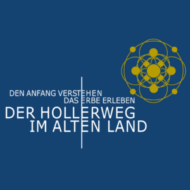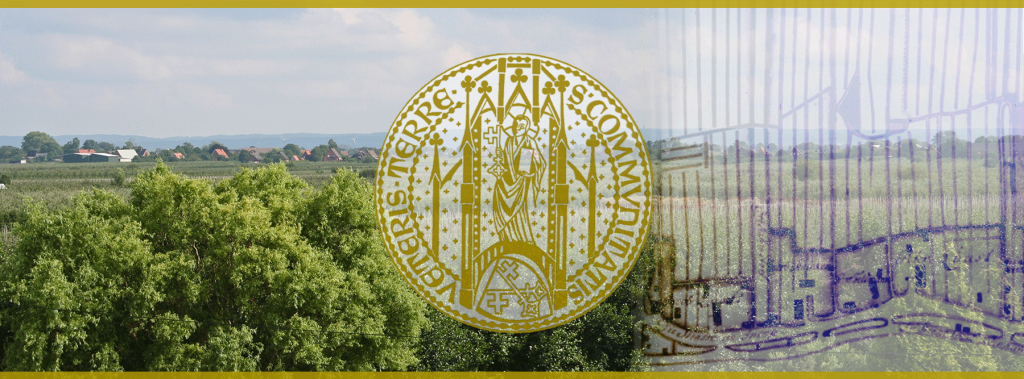THE ALTES LAND
The Altes Land is about 170 square kilometres. Its borders are comprised of the broad estuary of the Elbe in the northeast, a 0.5 to 3 km wide moorland belt in the southwest, the mouth of the Schwinge river and the city of Stade in the northwest, and in the east, the Altes Land’s extension tapers and borders on the Moorburg marsh settlement. The Schwinge, Lühe und Este rivers – three tributaries of the Elbe – naturally dissect the Altes Land into three districts which have been referred to as “miles” since the Middle Ages.
“The Altes Land is a landscape of outstanding significance. In its connection with serial Holler colonisation (a term which describes the result of regular land reclamation with the help of Dutch settlers) in Europe, it is of universal rank. The Elbe river, orchards, Altländer courtyards and churches, historical sites within the marshland cultivation with dykes and ditches as well as a particular maritime landscape characterise the uniqueness of this landscape which led to it becoming known as a “fruit paradise” both at home and abroad in the 20th century. It is therefore imperative to maintain the cultural assets of the Altes Land as its focal point and to keep, maintain and carefully develop its integral parts”… Burggraaff and Kleefeld from “Länderübergreifende Kulturlandschaftsanalyse Altes Land”.



>>> GET THE APP ! <<<

